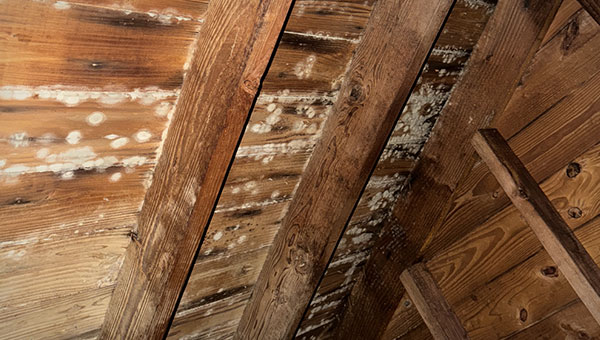
Most homeowners aren't poking around in the attic regularly, which makes it the perfect hiding place for mold to spread. At FDP Mold Remediation, we've seen how fast a small patch can turn into a major problem. If your home's had a roof leak, poor ventilation, or you've spotted dark stains on rafters, it's time to take attic mold seriously. This guide covers everything you need to know to spot attic mold early and remove it the right way.
Most homeowners don't expect to find mold in the attic - after all, it's out of sight, out of mind. But that's exactly why it's one of the most common places for mold to take hold. Without regular access or airflow, attics become the perfect storm: trapped moisture, warm air, and wood surfaces for mold to cling to. Whether it's from a hidden roof leak, poor insulation, or blocked vents, attic mold often spreads quietly until the damage is extensive.
The risks go far beyond just some staining on the beams. Left alone, attic mold can affect your home's structure, ruin insulation, and even impact your indoor air - especially if your HVAC system runs through the attic. It's more common than you might think, particularly in homes with aging roofs or those in humid or snowy climates.
Understanding how to detect attic mold early can save you thousands in mold remediation repairs. Next, we'll break down the most common attic mold warning signs - including a few most people miss.
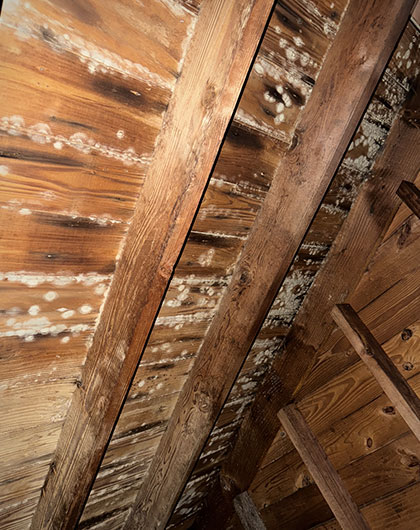
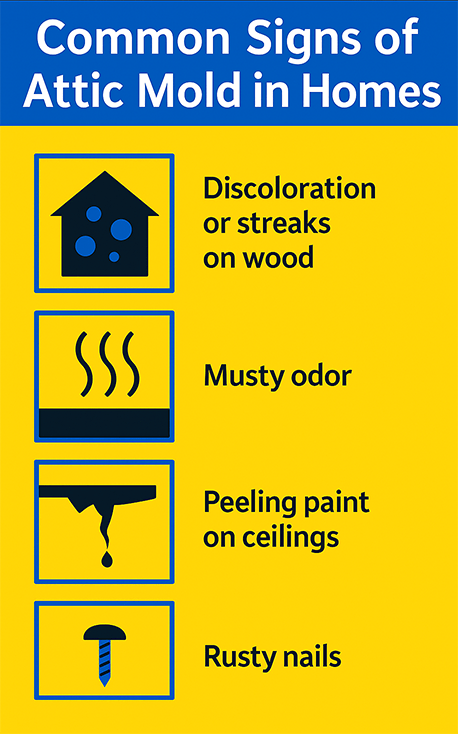
Attic mold doesn't always shout for attention - sometimes, it whispers. While dark spots on rafters or insulation are obvious red flags, the early signs of attic mold are often subtle. A musty or stale odor rising from your upper floors can be an early giveaway, especially after it rains. In some cases, you might notice your energy bills creeping up due to compromised insulation or see signs of condensation on attic windows or roofing nails.
Knowing how to detect attic mold means paying attention not just to what you see, but also to what you smell and feel. These seemingly minor symptoms can point to a bigger problem hiding just above your head. The sooner you recognize the signs, the easier and safer the remediation will be.
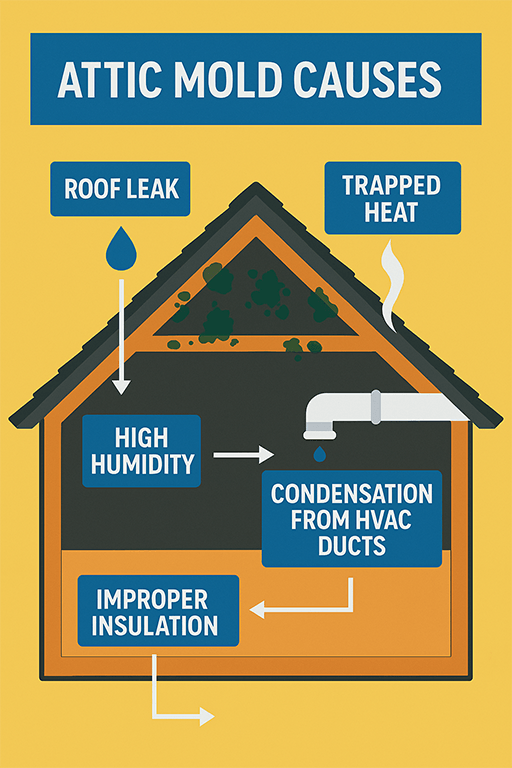
If you're wondering why mold picked your attic of all places - it's because it couldn't have asked for a better setup. Your attic checks all the boxes: wood framing, minimal airflow, and just enough moisture from condensation or hidden leaks to let spores settle in and grow fast.
One of the biggest triggers we see is roof leaks. Even a small drip from a damaged shingle or flashing can lead to mold in the attic from a roof leak - especially when the insulation absorbs moisture and keeps the wood damp. In colder climates, snow loads and ice dams can push water beneath shingles, feeding attic mold silently all winter long.
Understanding the link between attic ventilation and mold is key to both prevention and permanent removal. A mold problem isn't just about cleaning up - it's about fixing what caused it in the first place.
Attic mold isn't something you can solve with a spray bottle and wishful thinking. The "spray and pray" approach might make the stain fade temporarily, but it won't stop the mold from coming back - or spreading deeper into your home. Real mold removal starts with a proper inspection and ends with full remediation that corrects both the mold and its root cause.
When it comes to removing attic mold properly, homeowners don't just need a quick cleanup - they need a long-term fix that addresses both the mold and the conditions that caused it. That's exactly what FDP Mold Remediation delivers. With certified mold teams, proven methods, and a focus on prevention, we make sure the problem gets handled the right way the first time - safely, thoroughly, and with your peace of mind at the center.
Trying to clean attic mold yourself might seem like a cost-saving move, but it usually ends up being a costly mistake. We've seen it time and again - homeowners using bleach, foggers, or fans in an attempt to kill the mold, only to call us weeks later when the problem comes back worse than before.
When it comes to mold, what you don't see can still hurt you. Missed spots behind insulation or inside wood framing can continue growing silently. And by disturbing mold without containment, you risk cross-contaminating other parts of your home - including your HVAC system.
So is it safe to clean attic mold yourself? In most cases, no - especially when the stakes include your health, your home's structure, and the cost of future repairs. If you want the job done right, it's best to leave it to professionals who understand the full scope of the problem.
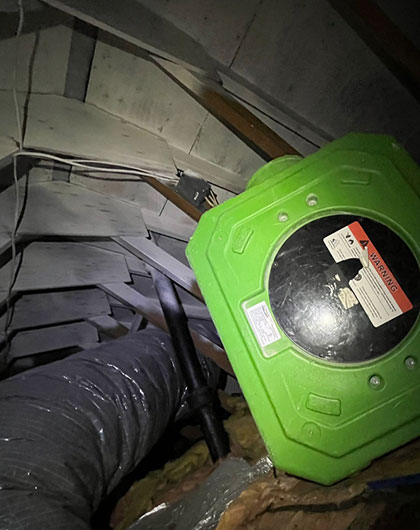
Once attic mold is confirmed, what most homeowners really want is to know they're in good hands. That's where FDP Mold Remediation comes in. We don't just remove mold - we provide clarity, direction, and certified help when you need it most.
We know how overwhelming mold issues can feel - especially when they're hidden in places like the attic. Our goal is to take that weight off your shoulders and make sure the problem gets solved completely, with no guesswork and no shortcuts.
Attic mold left alone doesn't stay harmless - it spreads, it damages, and it gets more expensive to fix the longer it sits. What starts as a few spots on the rafters can turn into warped wood, rotted framing, and ruined insulation. In serious cases, it can even compromise the structural integrity of your roof.
If your HVAC system runs through the attic, mold spores can circulate through the ducts and affect your indoor air - potentially triggering allergies, asthma, and respiratory issues in your household. That's especially risky for kids, elderly family members, or anyone with existing health conditions.
And then there's the resale value. Home inspectors don't ignore attic mold - and neither do potential buyers or insurance companies. Some homeowners have faced insurance claim denials simply because mold damage wasn't addressed promptly. Others have had to pay for expensive remediation during a sale just to keep the deal alive.
Bottom line: ignoring attic mold doesn't save money - it stacks up future bills, health risks, and headaches. It's better to catch and fix the issue now than to deal with the fallout later.
Don't wait for mold to spread before you act. If something feels off - musty smells, strange stains, or a recent leak - let FDP Mold Remediation take a look. We've helped hundreds of homeowners get rid of attic mold safely, completely, and without unnecessary delays.
Our certified mold specialists are trained to handle attic-specific issues, from poor ventilation to hidden leaks. We arrive on time, inspect thoroughly, and give you a clear plan - no scare tactics, no guesswork.
We proudly serve your local communities with fast response times and honest, dependable service. Whether you need a professional inspection or full remediation, our team is ready to help you reclaim your attic - and your peace of mind.
Call FDP Mold Remediation today and schedule your attic mold removal. The sooner we start, the better we can protect your home.


